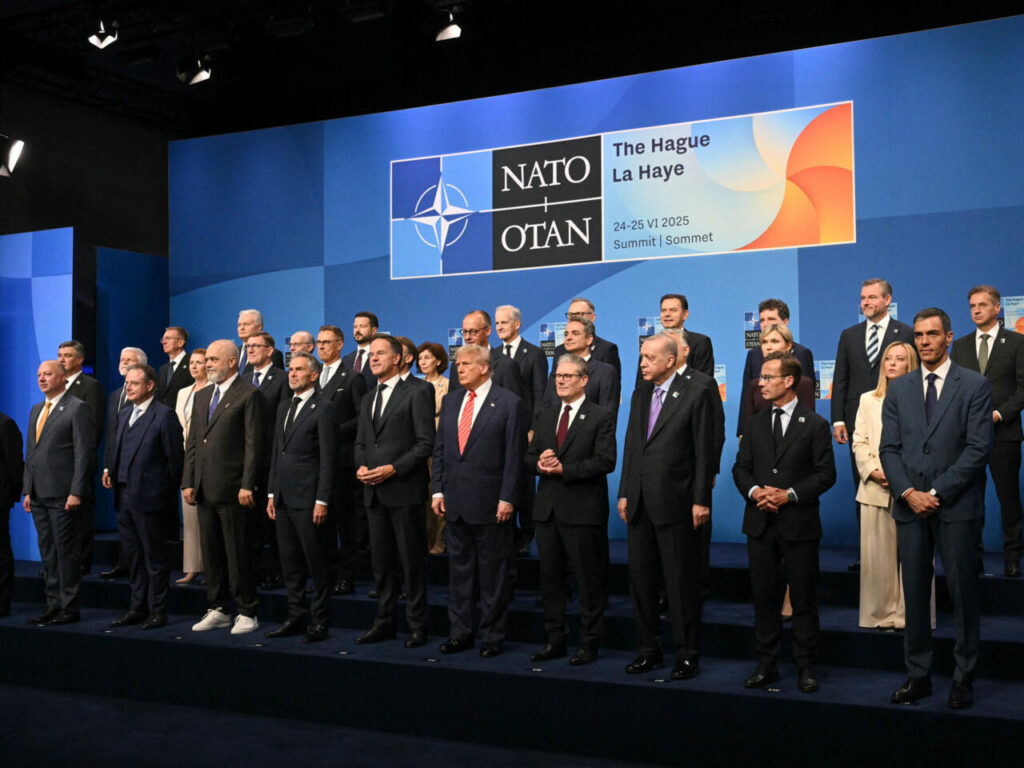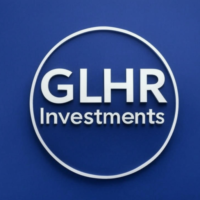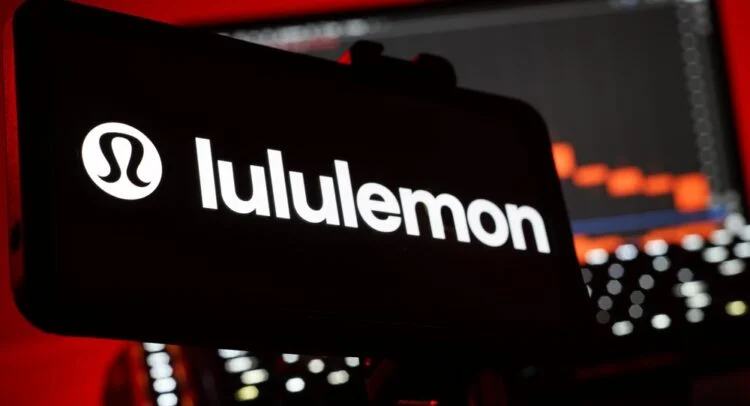
Trump’s NATO Summit 2025 drives market opportunities.
At GLHR Investing, we’re analyzing President Donald Trump’s landmark achievements at the NATO Summit in The Hague on June 24–25, 2025, and their ripple effects on the U.S. economy. Trump secured a historic pledge from NATO allies to boost defense spending to 5% of GDP by 2035, a move hailed as a “diplomatic masterstroke” that strengthens U.S. leadership and global security. With the S&P 500 (SPY) down 4.17% year-to-date at $513.88 as of May 23, 2025, and rallying ~14.8–16.7% in June to ~6,000 points, how do these wins impact markets? Amid Trump’s tariffs, 3.2% CPI inflation, and a 60% recession risk, here’s a comprehensive breakdown of Trump’s NATO achievements, their economic implications, and investment strategies to capitalize on this pivotal moment.
- Trump’s Achievements at the NATO Summit 2025:
- Historic Defense Spending Pledge:
- Details: NATO allies agreed to increase defense spending to 5% of GDP by 2035, up from the 2% target set in 2014, with 3.5% allocated to core military spending (troops, weapons) and 1.5% to infrastructure (roads, bridges, cybersecurity), per web data.
- Trump’s Role: Trump’s pressure, reiterated since his first term, drove the pledge, with NATO Secretary General Mark Rutte crediting him: “Would you ever think that this would be the result if he would not have been re-elected?” per web data.
- Exceptions: Spain rejected the 5% target, maintaining 2.1% GDP spending, prompting Trump to threaten trade sanctions, while Belgium, France, and Italy face challenges meeting the goal, per web data.
- Critical Assessment: The 5% target is ambitious but includes flexible categories (e.g., Ukraine aid, infrastructure), easing compliance for some allies. Spain’s refusal and economic constraints in Europe suggest implementation hurdles, per web data.
- Reaffirmation of Article 5:
- Details: The summit’s brief, five-paragraph Hague Declaration reaffirmed NATO’s “ironclad commitment” to Article 5 (collective defense), despite Trump’s earlier ambiguous comments on June 24, per web data.
- Trump’s Stance: Initially evasive (“Depends on your definition” of Article 5), Trump later affirmed U.S. commitment: “We’re with them all the way,” per web data. Rutte dismissed doubts, stating, “The United States is totally committed to Article 5,” per web data.
- Critical Assessment: Trump’s initial hedging raised concerns, but the reaffirmation signals stability, though his transactional approach (e.g., threatening Spain) risks alliance cohesion, per web data.
- Ukraine and Russia Strategy:
- Details: The summit sidelined Ukraine’s NATO membership, omitting prior commitments to an “irreversible path,” reflecting Trump’s focus on a Ukraine-Russia ceasefire, per web data. Allies agreed to count Ukraine aid toward the 5% target, with $43 billion pledged for 2025, per web data.
- Trump’s Actions: Trump met Ukrainian President Volodymyr Zelenskyy on June 25, describing ceasefire talks as “more difficult” than expected, and noted discussions with Putin, per web data. No condemnation of Russia appeared in the communiqué, aligning with Trump’s diplomacy, per web data.
- Critical Assessment: Trump’s push for a ceasefire prioritizes short-term de-escalation over long-term strategy, potentially weakening Ukraine’s position and NATO’s Russia stance, per web data.
- Summit Design and Optics:
- Details: The summit was shortened to ~24 hours with a one-page communiqué to keep Trump engaged, avoiding disputes, per web data. Rutte’s flattery (e.g., calling Trump “Daddy”) and texts praising his leadership ensured a positive atmosphere, per web data.
- Critical Assessment: The tailored summit secured Trump’s win but sidelined critical issues (e.g., Ukraine, Russia strategy), risking perceptions of NATO as U.S.-centric, per web data.
- Historic Defense Spending Pledge:
- Economic Impacts on the U.S.:
- Market Reactions:
- Stock Market: SPY rallied ~14.8–16.7% in June to ~6,000 points, driven by trade deal hopes and a jobs report (139,000 added), but dipped ~0.5% on June 22 post-Iran strikes, per web data. Defense stocks (e.g., Lockheed Martin, RTX) surged ~5–10% post-summit, reflecting NATO spending, per web data.
- Sector Gains: Industrials (+8% YTD) and energy (+10%) benefited from NATO’s infrastructure focus and oil price spikes ($80/barrel from Iran-Israel conflict), while tech lagged (-0.8–1.2% YTD), per prior analyses.
- Defense Industry Boost:
- Impact: The 5% GDP pledge could add $400–$500 billion annually to NATO defense spending, with U.S. firms like Lockheed Martin, Raytheon, and Boeing securing $10–$15 billion in contracts for weapons and infrastructure, per web data.
- Example: U.K.’s plan to buy F-35 jets (nuclear-capable) directly benefits Lockheed Martin, per web data.
- Critical Assessment: U.S. defense firms gain, but Europe’s shift to domestic suppliers (e.g., Rheinmetall) may limit long-term benefits, per web data.
- Inflation and Fiscal Pressures:
- Deficit Concerns: OBBBA’s $3.1–$3.8T deficit increase and NATO-related spending (e.g., $43B for Ukraine) pushed 10-year yields to 4.46%, per web data. Summit-driven defense spending adds ~$1–2B to U.S. costs, per web data.
- Inflation: CPI at 3.2% in June, projected to hit 4–4.5% (or 5–6% with Iran-Israel oil spikes), could rise further if NATO spending fuels demand for U.S. goods, per web data.
- Trade and Supply Chain:
- Tariff Synergy: Trump’s threat to penalize Spain with trade sanctions aligns with his 125% China tariffs (paused until July 9) and 50% steel tariffs, raising costs 5–10% for tech and consumer goods, per web data.
- Supply Chain: NATO’s 1.5% infrastructure spending (roads, ports) could boost U.S. exports (e.g., Caterpillar equipment), but China’s mineral ban (May 30) risks disruptions, per web data.
- Consumer Spending:
- Impact: OBBBA tax cuts ($1,700/family) boost spending (0.3–0.5%), but tariff costs ($1,200/household) and inflation offset gains for lower-income households, per web data. NATO’s focus on security may divert funds from domestic programs, per web data.
- Critical Assessment:
- The summit’s defense spending pledge strengthens U.S. defense firms but exacerbates deficits and inflation, with mixed economic impacts, per web data.
- Trump’s threats to Spain and focus on U.S.-made hardware may strain alliances, risking trade retaliations, per web data.
- Market Reactions:
- Investor Strategies:
- Opportunities:
- Defense Stocks: Lockheed Martin (LMT, P/E 18, ~3% yield) and Raytheon Technologies (RTX, P/E 20, ~2% yield) for NATO contract wins, per web data.
- Industrials: Caterpillar (CAT, P/E 15, ~1.7% yield) and Fastenal (FAST, P/E 28, ~2% yield) for infrastructure spending, per web data.
- Energy: ExxonMobil (XOM, P/E 13, 3.3% yield) and Chevron (CVX, P/E 14, 4.2% yield) for oil price resilience, per web data.
- Portfolio Allocation:
- Allocate 10–15% to defense (LMT, RTX) and industrials (CAT, FAST), 40% to defensives (JNJ, PG), and 30% to bonds (Treasuries) for stability, per prior analyses.
- Hedge with 3–5% in gold (GLD, +3%) or utilities (XLU, +1%) to counter inflation and volatility, per web data.
- ETFs for Diversification:
- iShares U.S. Aerospace & Defense ETF (ITA): ~$140, 1% yield, up ~8% YTD, tracks LMT, RTX, per web data. Buy near $135, target $150.
- Industrial Select Sector SPDR Fund (XLI): ~$120, 1.5% yield, up ~5% YTD, tracks CAT, FAST, per web data. Buy near $115, target $130–$140.
- Energy Select Sector SPDR Fund (XLE): ~$90, 3% yield, up ~10% YTD, tracks XOM, CVX, per web data. Buy near $85, target $100.
- Timing:
- Buy on SPY dips near $5800 or stock pullbacks (e.g., LMT <$450), per web data.
- Dollar-cost average ($500–$1,000/month) to manage VIX (~20–25), per web data.
- Key Catalysts to Monitor:
- July 9 Tariff Deadline: Reinstatement of 125% China tariffs could hit tech/consumer goods, per web data.
- June 17–18 FOMC Meeting: Rate cut signals (20% chance in July) could boost cyclicals, per web data.
- Q2 Earnings (July): Confirm defense and industrial growth, per web data.
- Iran-Israel Conflict: Oil at $80/barrel risks inflation (5–6%), per web data.
- NATO Spending Progress: 2029 review will assess 5% GDP target, per web data.
- Risks:
- Deficit and Yield Spikes: OBBBA and NATO spending add $3.1–$3.8T to deficits, pushing yields (4.5–5%), per web data.
- Inflation Surge: CPI at 3.2%, potentially 4–4.5%, could delay rate cuts, impacting growth stocks, per web data.
- Recession Risk: 60% probability could curb spending, hitting consumer sectors, per web data.
- Alliance Tensions: Spain’s refusal and Trump’s trade threats risk retaliatory tariffs, per web data.
- Geopolitical Uncertainty: Iran-Israel conflict and Ukraine ceasefire talks add volatility, per web data.
- Opportunities:
- Conclusion: Capitalizing on Trump’s NATO Triumph:
- Trump’s NATO Summit 2025 achievements—securing a 5% GDP defense spending pledge and reaffirming Article 5—strengthen U.S. leadership and boost defense and industrial sectors. The $400–$500B spending surge benefits U.S. firms like Lockheed Martin, but deficits ($3.1T) and inflation (3.2% CPI) pose risks. With SPY up ~14.8% in June, investors should buy defense (LMT), industrials (CAT), and energy (XOM), diversify with ETFs (ITA, XLI), and hedge against volatility to leverage this historic win.
- Why It Matters: Trump’s NATO Summit triumph reshapes global security and the U.S. economy, driving defense and industrial gains amid a volatile market (SPY -15.6% YTD). With tariffs, inflation, and recession risks looming, picks like Lockheed Martin and Caterpillar offer growth and stability. GLHR Investing guides you to navigate this pivotal moment, building a resilient portfolio in 2025’s high-stakes economy.
Invest smart with GLHR Investing—ride the NATO wave, secure your wealth!
Disclaimer: GLHR Investing is not a financial adviser; please consult one.








